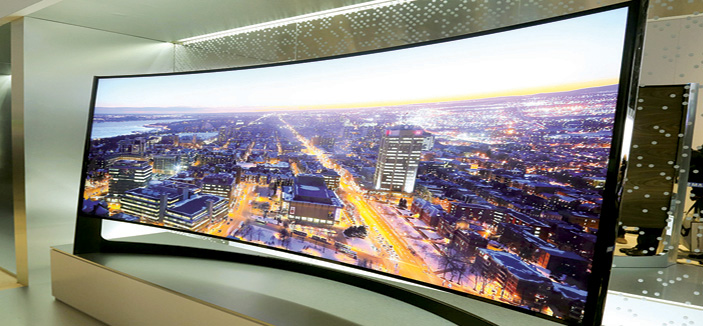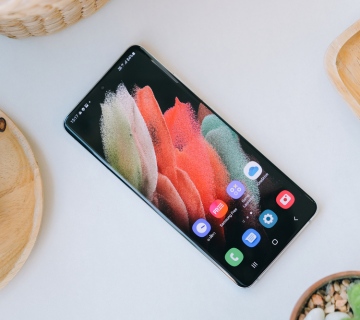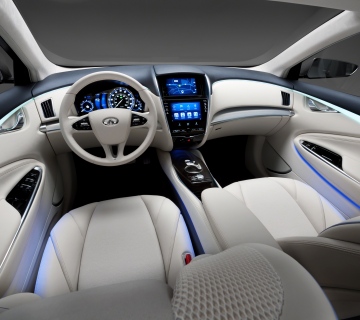As the 4K ultra HD TV market grows, new standards and new design trends are starting to take firm root. One of these, at least so far, has been a tendency towards TVs with a gentle concave curvature to their screens. The big questions, which have also spawned some debate among consumers, tech watchers like us at 4k.com and manufacturers as well are whether curved Smart TV designs are superior to their flat screen counterparts, if they’re worth buying and in case they’re worse or better, than by how much and in which ways? , for those of you who have also been wondering about these issues, you need not look any further. We’re about to cover all of the essential arguments, issues, factors and technical aspects of curved Smart TV and their flat cousins to see which of the two types really is the better option and in which ways. We’ll weigh the pros, cons and other assorted but important details for you so that you can come out of this guide knowing without much doubt what the deal is, all fluff and sales shtick aside.

Aesthetics & Wall Hanging
The first and most basic question to consider when it comes to buying either a curved 4K TV or a flat model is one of aesthetics, ie: which do you think looks nicer. While how something physically looks isn’t always exactly the best measure of whether you should buy it (functionality is always more important we think), when it comes to products in which the difference in quality between one look and another is debatable to some extent, looks have a fair place in your assessment.
With that said, we personally believe that curved Smart TV do look wonderful. Maybe they’ll be considered strange fads in a few years if most home TV designs go back to their tried and true flat look but at least right now, some of the most elegant looking 4K UHD models on the market are indeed curved. Take for example LG’s OLED 4K TVs, the original 2014 models and almost all of the new 2016 models of these beautiful curved TVs, such as the highly acclaimed LG G6 are wonderfully thin and it’s hard to argue against how elegantly sleek they look.
To summarize this, while we can’t objectively argue whether curved or flat looks lovelier in the home from an aesthetic point of view, two very crucial points should be kept in mind:
First, that curvature usually means a slightly bulkier 4K TV screen overall, due to a slightly thicker screen profile. This usually won’t be a problem but it can cause some issues for those who want a truly unobtrusive television profile in their home.
Second, that hanging curved Smart TV on a wall is downright awkward. Flat screen 4K UHD TVs are far more amenable to be hanged along any vertical space, almost as if they were paintings or large photo frames and when not in use, they do little to draw attention. This doesn’t apply to curved models. Many of the older 2014 curved TVs lack even the VESA setup for being mounted to a wall and while newer model do now have wall-mounting capacity, they simply look strange when hanged up, and stick out quite a bit.



